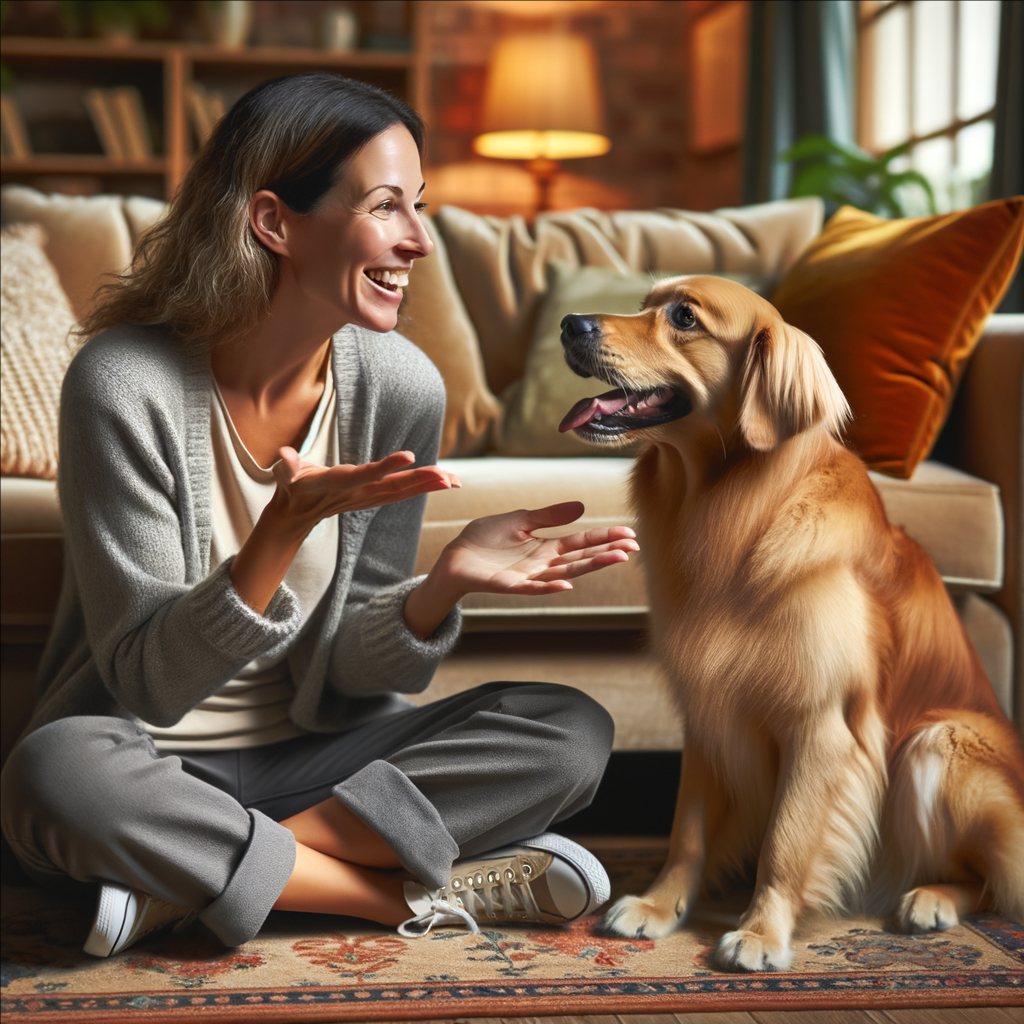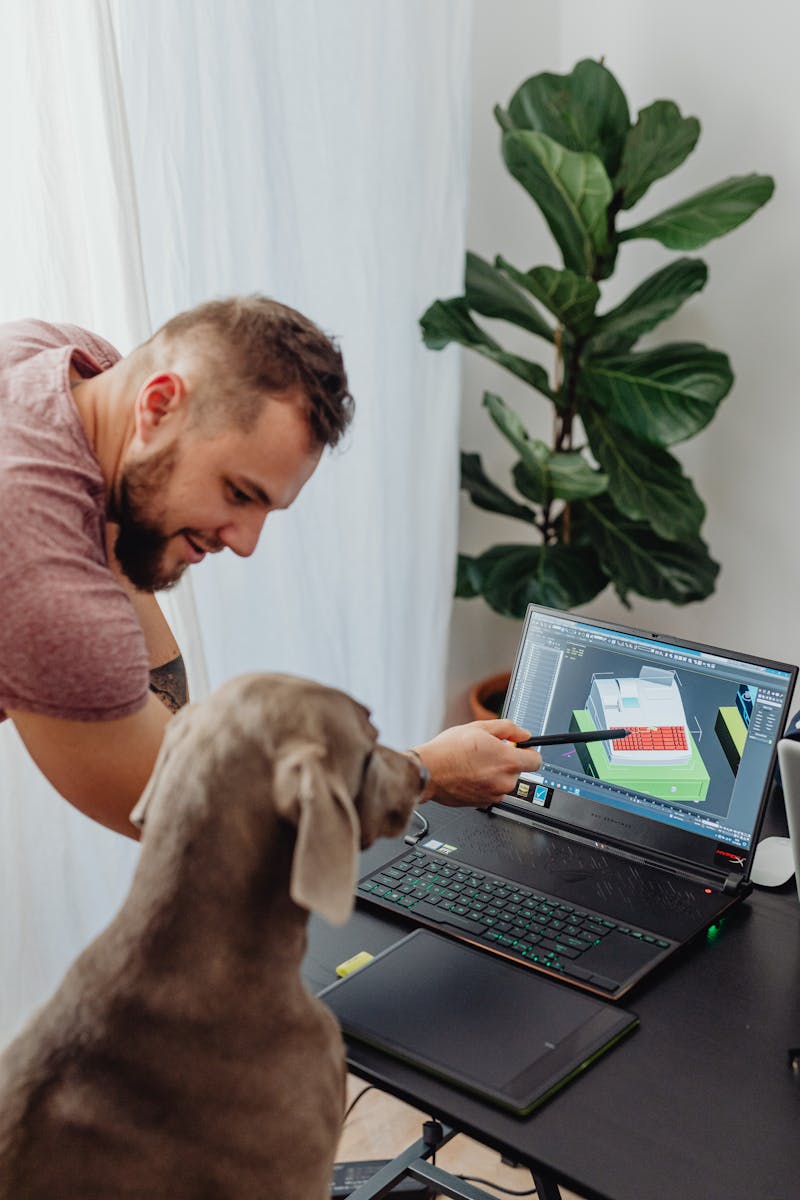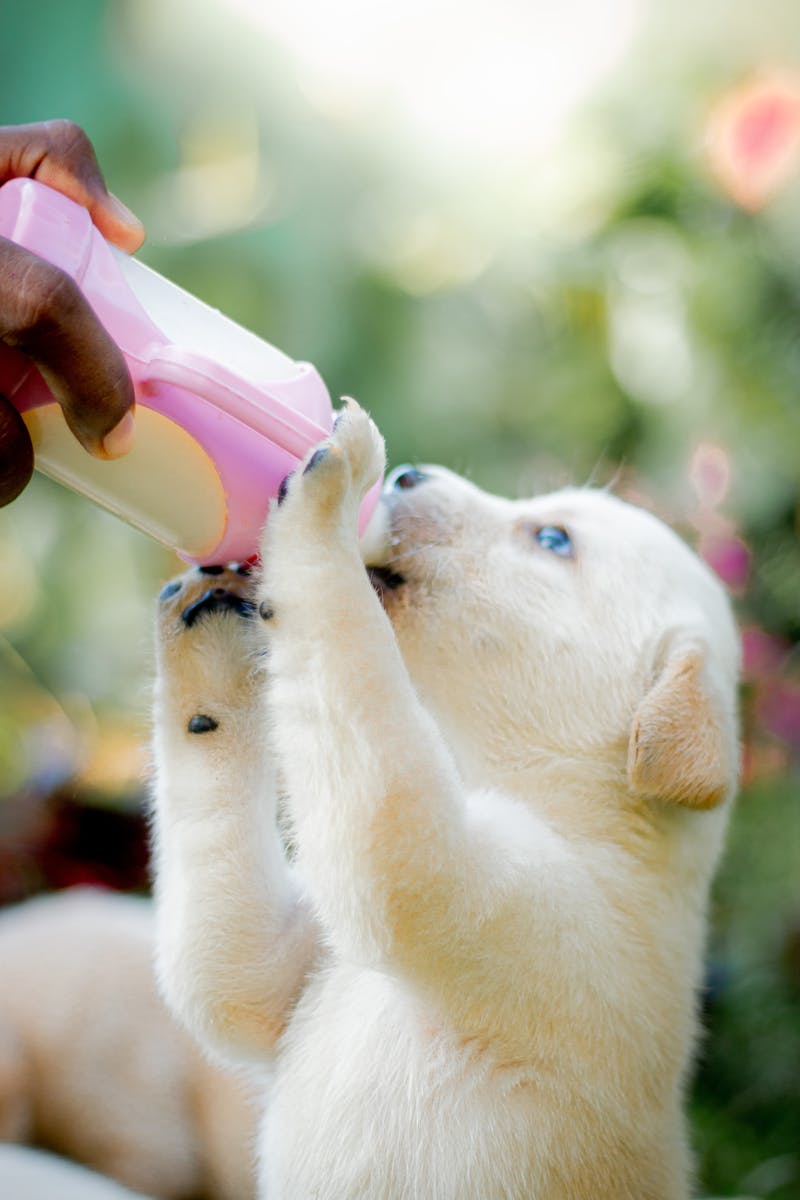Chatting with a Professional Dog Trainer: Effective Training Techniques for Puppies
1. The Importance of Early Training
Training your puppy during those formative early months is crucial. This period is not just about preventing future behavioral issues but also about creating a strong foundation for your pup’s behavior throughout their life. According to Sarah, “The first few months are critical; it’s when puppies are most receptive to learning.”
Key Aspects of Early Training:
- Socialization: Exposing your puppy to different environments, people, and other animals can promote a well-adjusted adult dog. Make sure to take them to parks, cafes, and even pet-friendly stores.
- Basic Commands: Teaching fundamental commands like “sit,” “stay,” and “come” during these early weeks enhances communication between you and your pup. These commands form the bedrock of their obedience training.
2. Positive Reinforcement Techniques
One of the most powerful tools available for training puppies is positive reinforcement. This method leads to greater success by rewarding desired behaviors instead of punishing the unwanted ones.
How to Implement Positive Reinforcement:
- Rewards: Use treats, praise, or playtime as a reward when your puppy successfully follows a command. This encourages them to repeat the actions that earned the reward.
- Consistency: Being consistent with your commands and rewards is critical. Puppies thrive when they understand what behaviors are being positively reinforced.
“Puppies thrive on encouragement,” Sarah notes. “When they associate good behavior with positive outcomes, they’re more likely to repeat those actions.”
3. Setting Realistic Expectations
As a new pet owner, it’s vital to set achievable expectations for your puppy’s learning curve. Puppies are curious creatures, but they won’t always grasp new commands or behave ideally right away.
Tips for Managing Expectations:
- Patience is Key: Understand that mistakes are part of the learning process—not just for your puppy, but also for you! A patient approach fosters a better learning environment.
- Short Training Sessions: Keep training sessions brief (around 5–10 minutes). Puppies can have short attention spans, and shorter sessions maintain engagement without overwhelming them.
“Remember,” Sarah advises, “the goal isn’t perfection but progress.”
4. Dealing with Common Behavioral Issues
Puppies can exhibit a wide range of behavioral challenges: from chewing furniture to excessive barking. Addressing these issues early can prevent them from developing into ingrained habits.
Strategies for Common Problems:
- Redirecting Chewing: Instead of reprimanding your puppy for chewing on your shoes, provide them with appropriate chew toys. Redirecting their energy teaches them what’s acceptable.
- Barking Solutions: Identify and address triggers causing excessive barking, whether it’s boredom or anxiety. Sometimes, mental stimulation or extra exercise can alleviate these issues.
By focusing on constructive solutions rather than punishment, you create an environment where effective learning can occur.
5. Building Lasting Bonds Through Training
Training is about much more than teaching obedience; it’s also a profound opportunity to strengthen the relationship between you and your puppy. Engaging in fun activities together not only reinforces trust but also creates beautiful memories.
Activities That Promote Bonding:
- Interactive Games: Incorporate games like fetch or hide-and-seek during training sessions. These activities promote cooperation while keeping the process enjoyable for both of you!
- Regular Outings: Taking your puppy to parks or other public places naturally enhances socialization and provides fantastic opportunities for real-world practice outside the home.
As Sarah beautifully puts it, “Training should be seen as an opportunity for connection rather than just correction.”
In conclusion, effective puppy training is a blend of patience, consistency, and a great deal of love! By implementing positive reinforcement techniques early and setting realistic expectations about progress—not perfection—you’re paving the way for a happy, well-behaved companion. Enjoy the journey of training and bonding with your furry friend!
Did you find these tips helpful? Share your puppy training experiences in the comments below! We would love to hear how you are navigating this exciting journey. And if you know someone who is welcoming a puppy soon, don’t forget to share this guide with them!
news via inbox
Nulla turp dis cursus. Integer liberos euismod pretium faucibua





